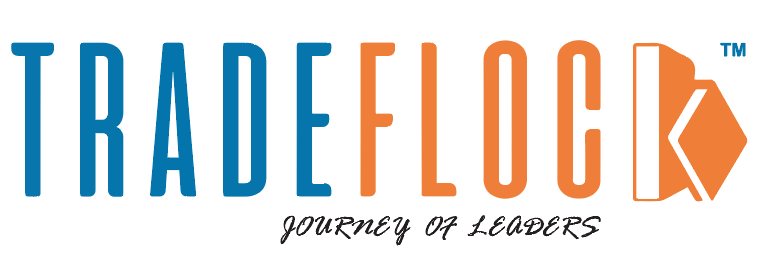In their relentless pursuit of efficiency, most organizations have adopted operational excellence systems, such as Lean, Six Sigma, and Total Quality Management, to eliminate waste, reduce variation, and optimize performance. Such systems have been revolutionary in sectors such as manufacturing and logistics. However, as modern businesses strive to innovate, a question arises: Does pushing operational excellence too far stifle creativity and innovation?
Table of Contents
The Over-Optimization Risk
Operational excellence relies on structure, discipline, and small steps toward perfection. Six Sigma, in turn, requires nearly perfect processes with minimal deviations. However, innovation thrives on exploration, experimentation, and failure, things that structured systems are designed to prevent.
When teams are trained to make no mistakes, they are likely to be afraid of trying out risky ideas, as they think they will be punished or they will cause havoc. A study by the Harvard Business School observed that firms that excessively track metrics on the process tend to lag behind in terms of innovation, KPIs like product innovations, and market responsiveness.
Creativity vs. Control Dilemma
The current approach to measuring perfection is through minimizing mistakes and duplication, but this can make creativity seem careless or risky. A McKinsey report cautions that organizations with overly strict cultures may become too inward-looking, prioritizing efficiency over innovation. Excessive approval procedures and a heavy emphasis on KPIs can cause “analysis paralysis,” delaying decisions that need creativity and bravery.
Organizations are often great at continuing to do what they have always done, but are poor at making adjustments to what is about to happen.
Operational Agility: Finding the Balance:
But it does not need to be an either-or question. The top firms are being taught to be both disciplined and flexible. Amazon, to take one example, is praised for its operational rigor, but also develops innovation, utilizing tools such as its Working Backwards product development process. This process helps teams take large bets while holding them accountable to the ground of customer need.
Many organizations are currently adopting agile operations, and this approach aligns quality standards with iterative testing and adaptive planning. This mixed method enables experimentation to occur quickly while maintaining accountability.
The Enemy of Progress is Perfection.
Many organizations utilize operational excellence to achieve scale, consistency, and customer satisfaction; however, when perfection is the goal, improvement often suffers. Real innovation needs room to be ambiguous, risky, and even unsuccessful. Modern leaders do not have to renounce excellence, but rather redefine it: not an obstacle to experimentation, but an incentive to do so.






